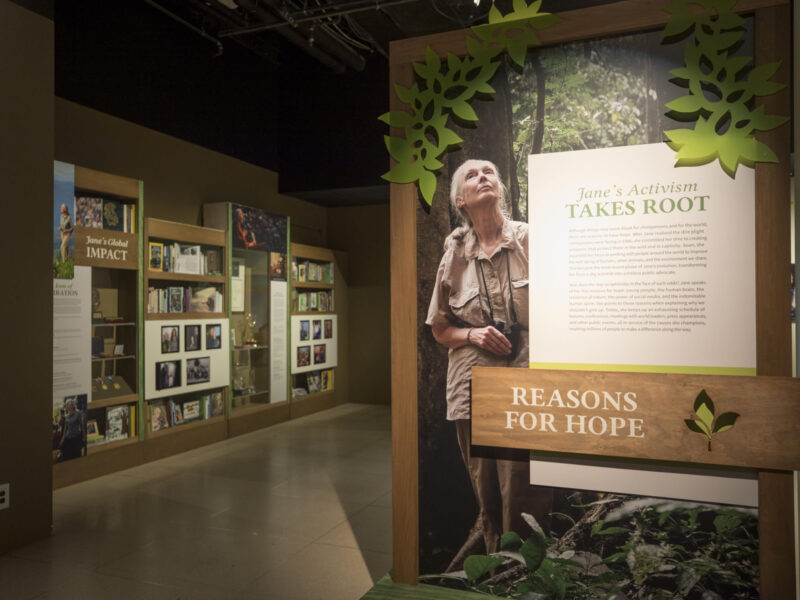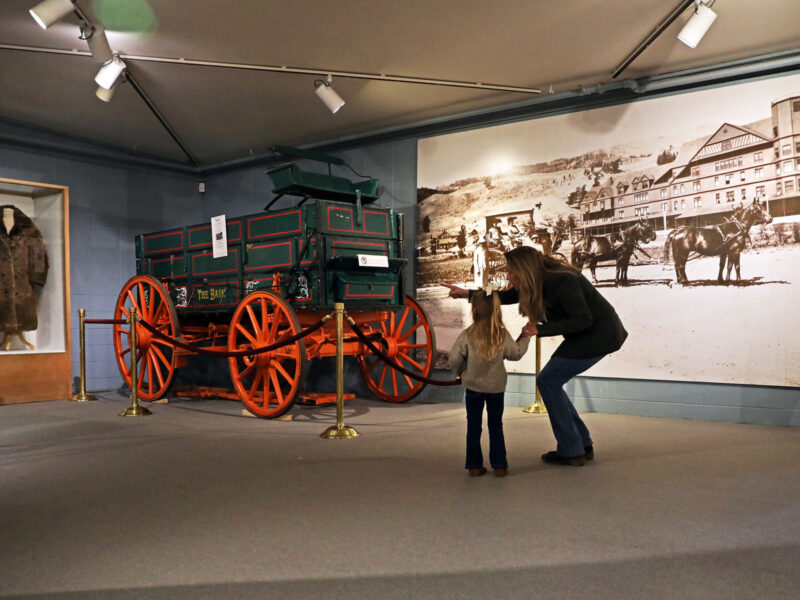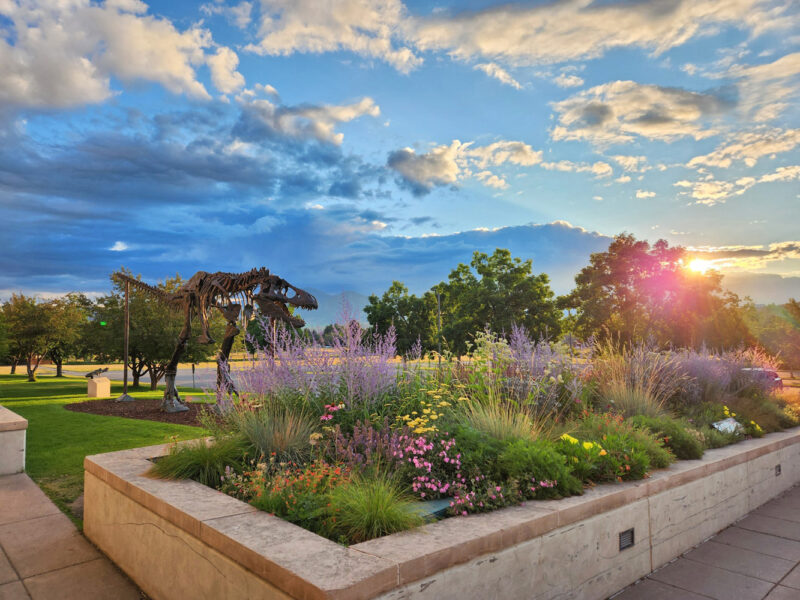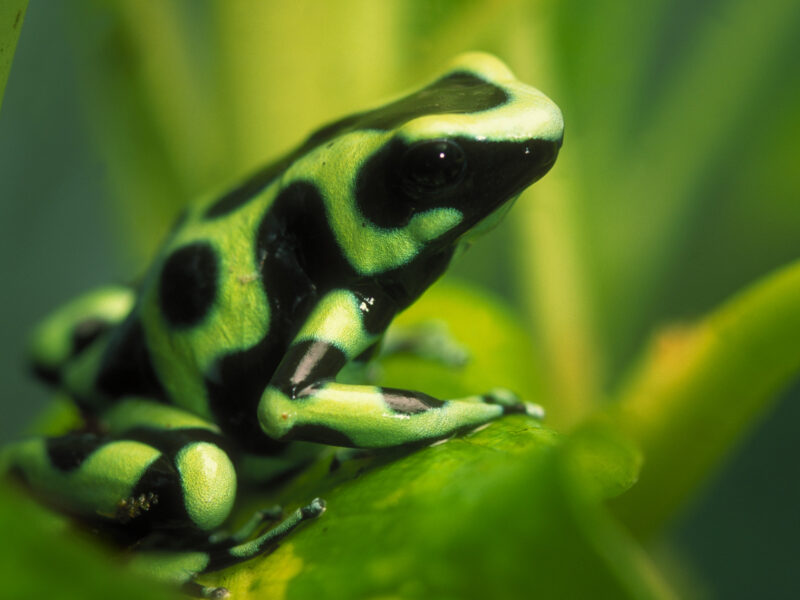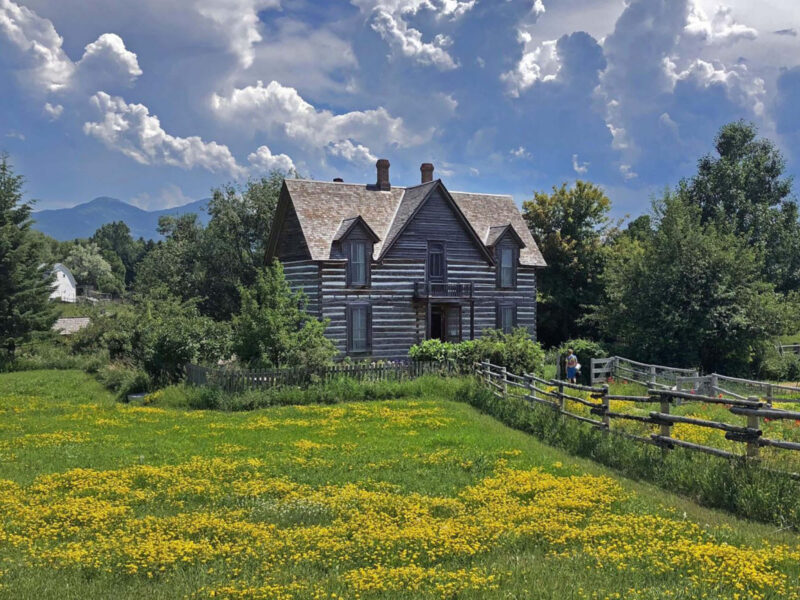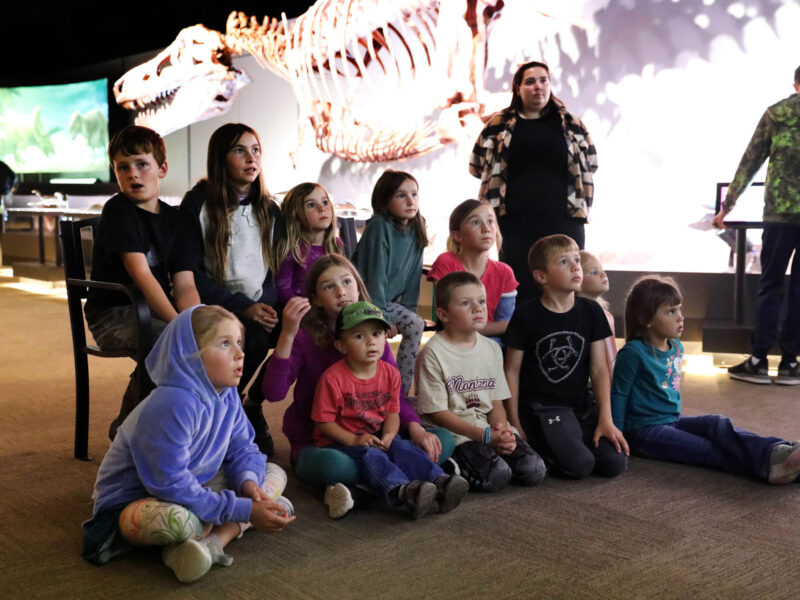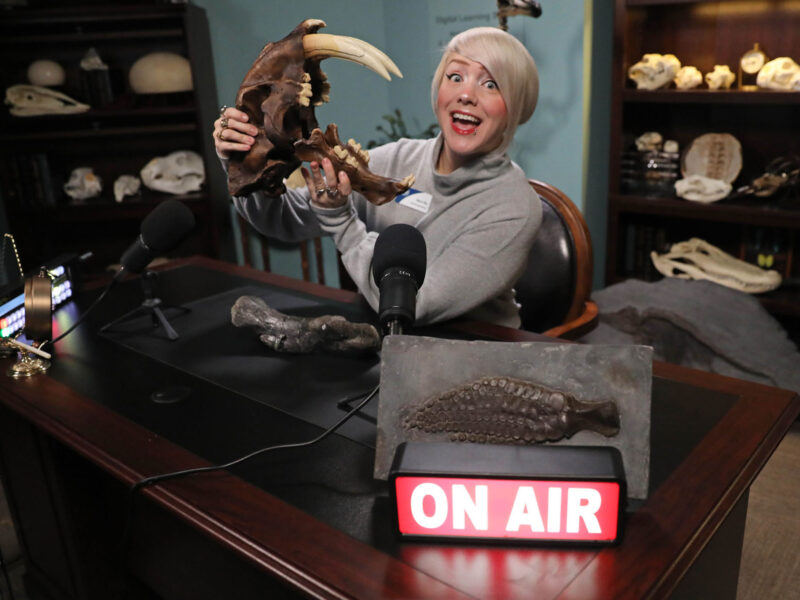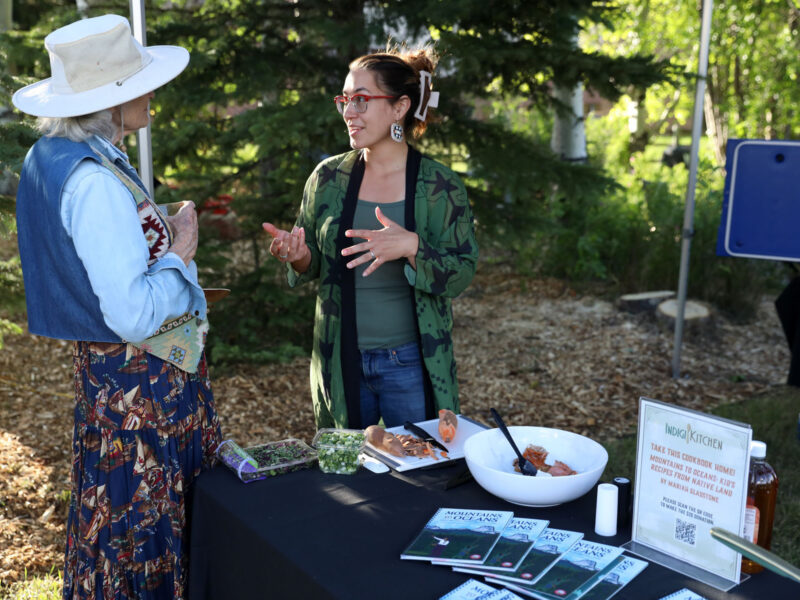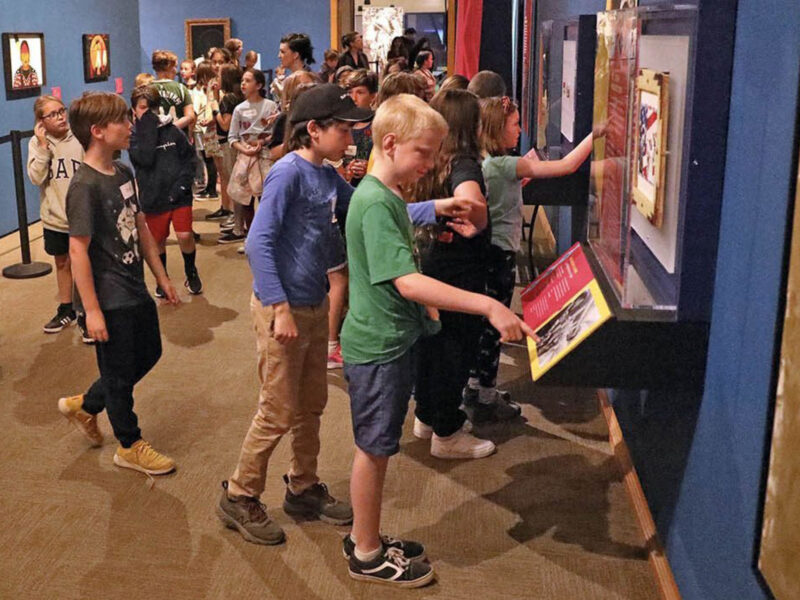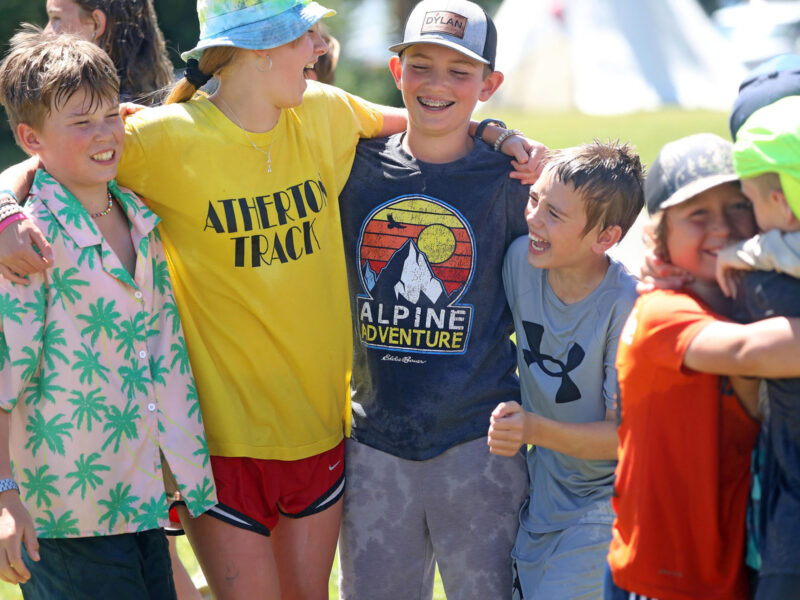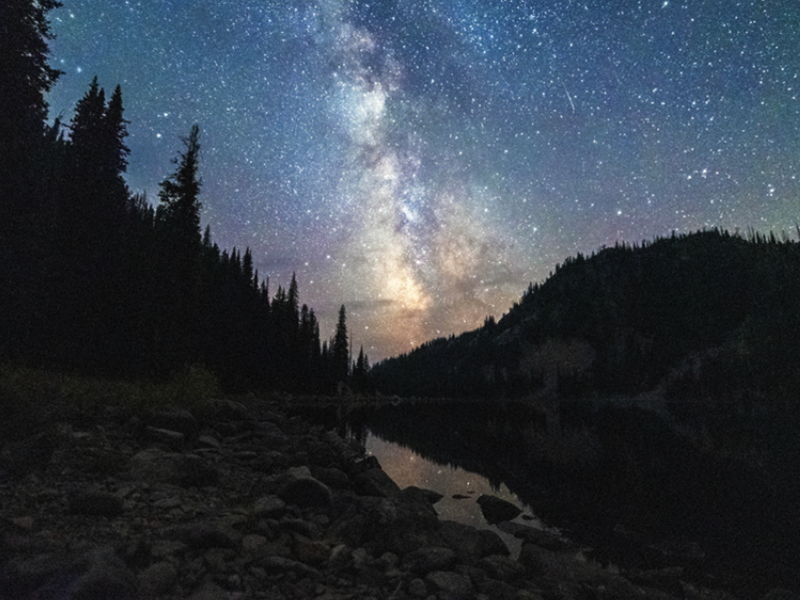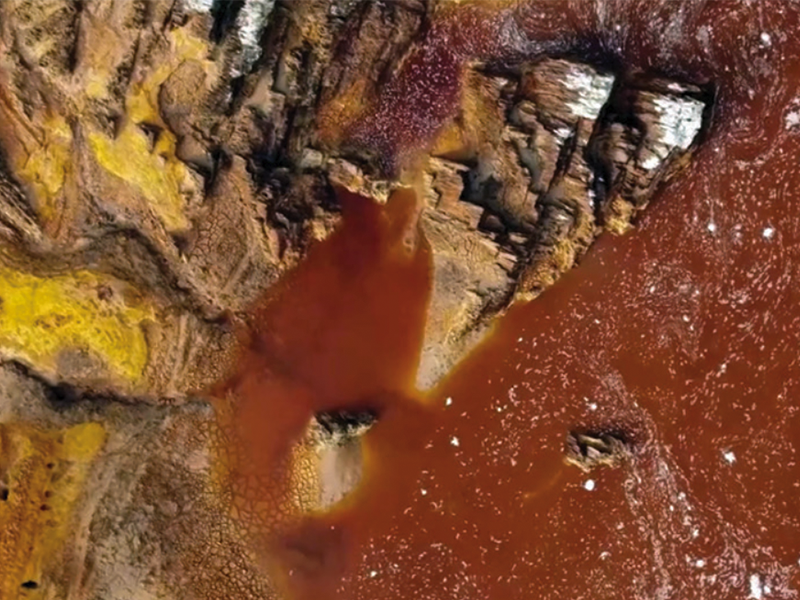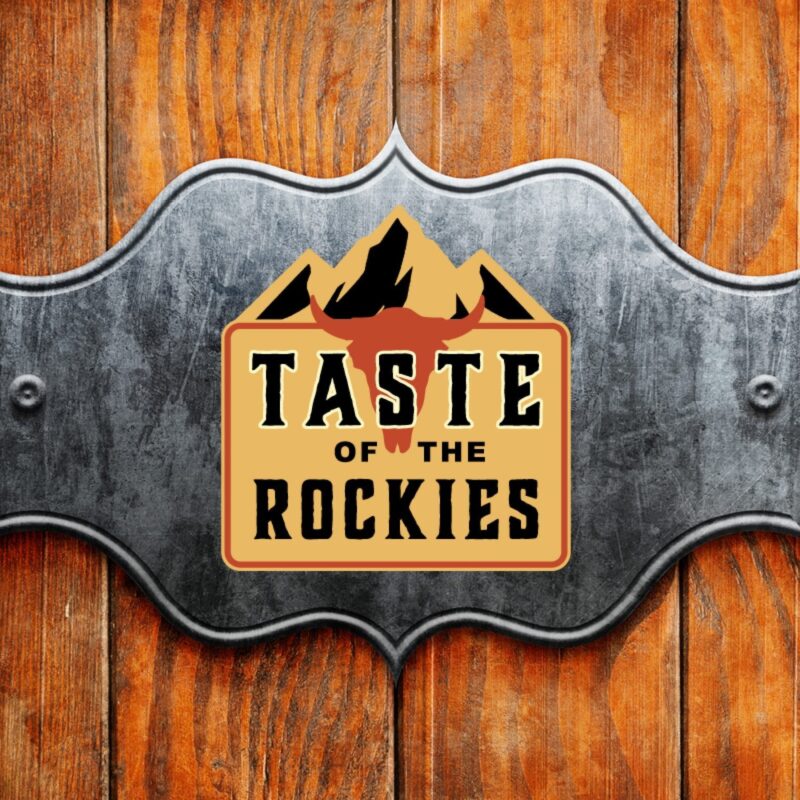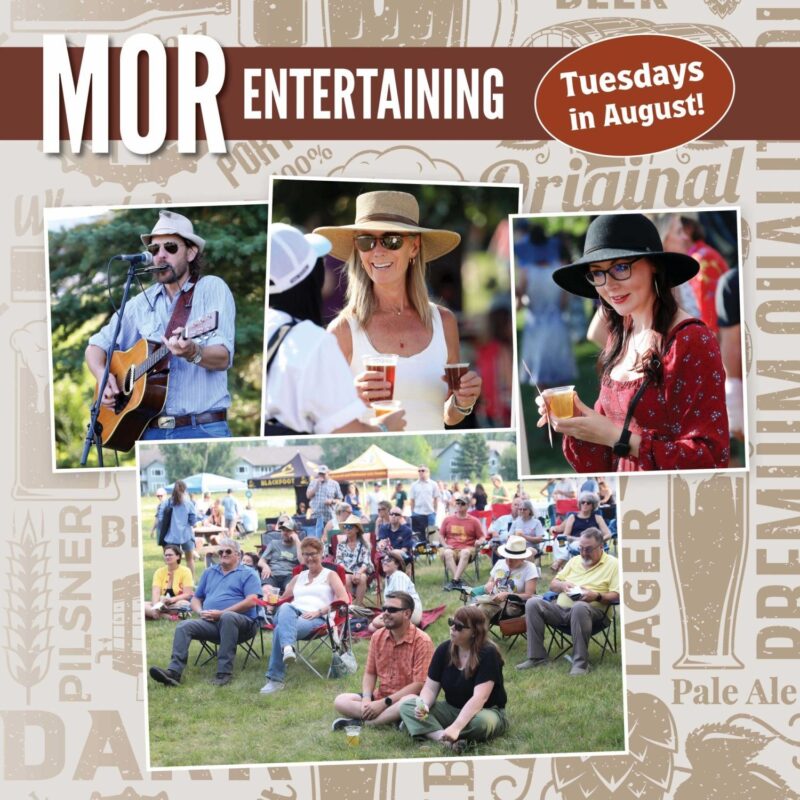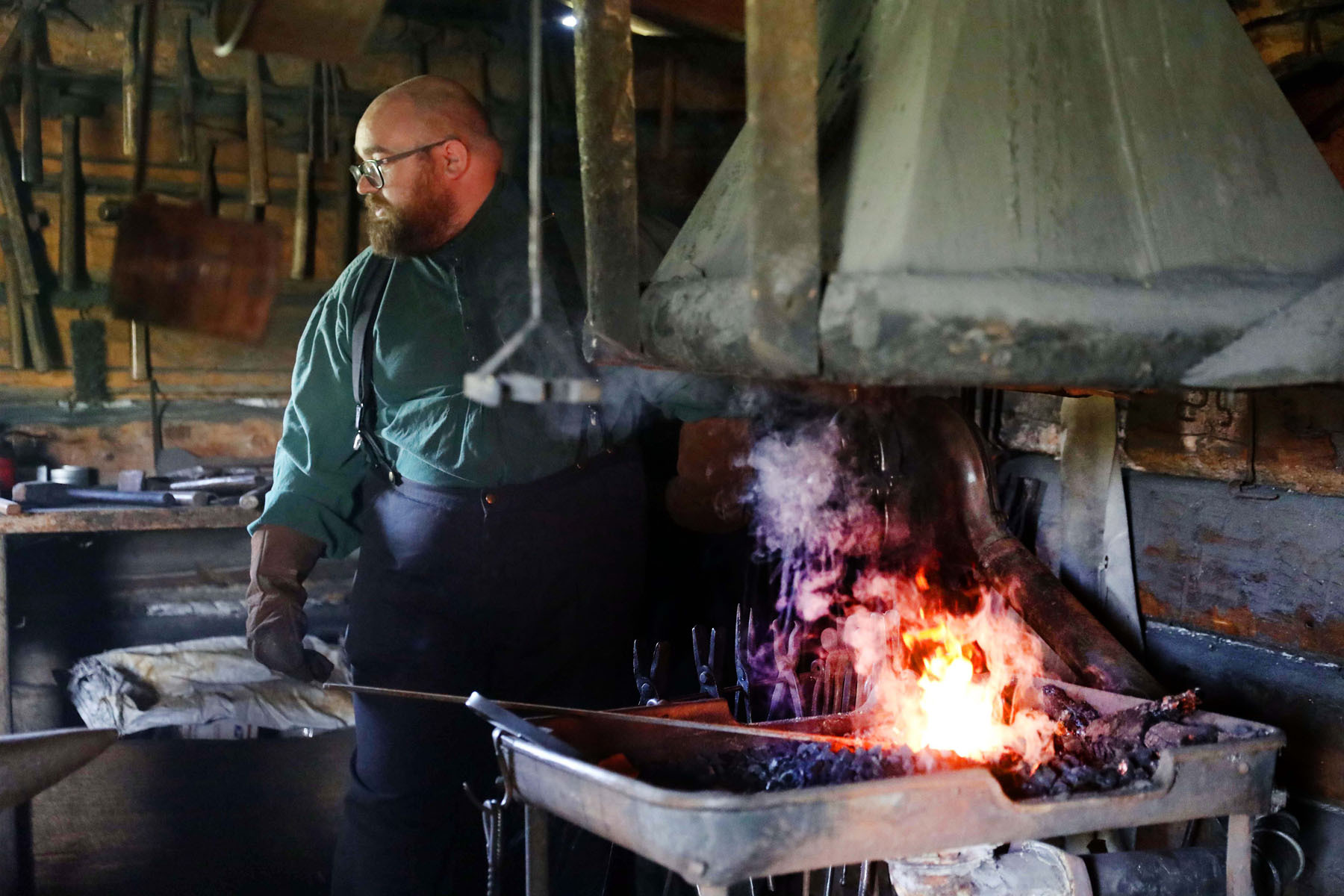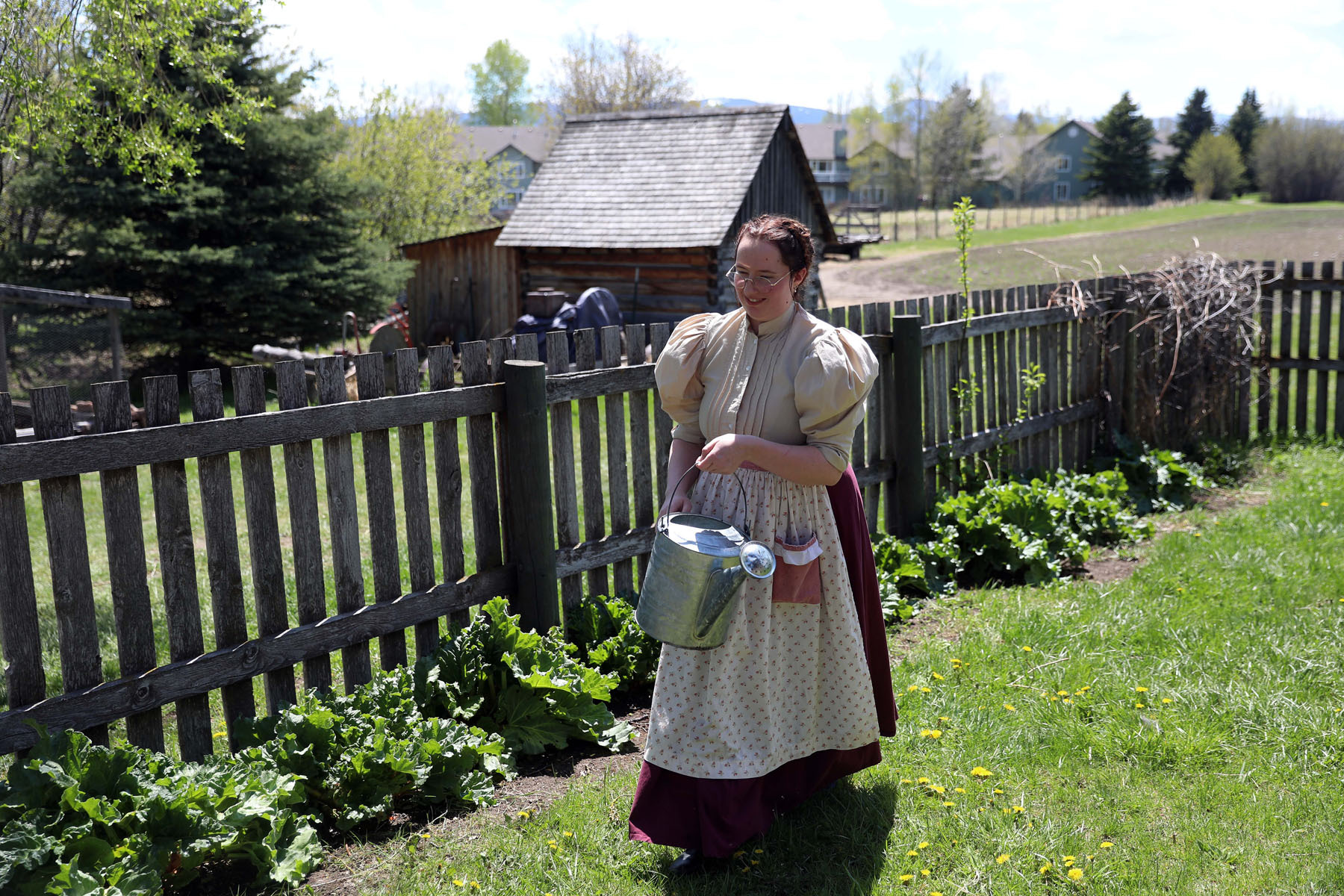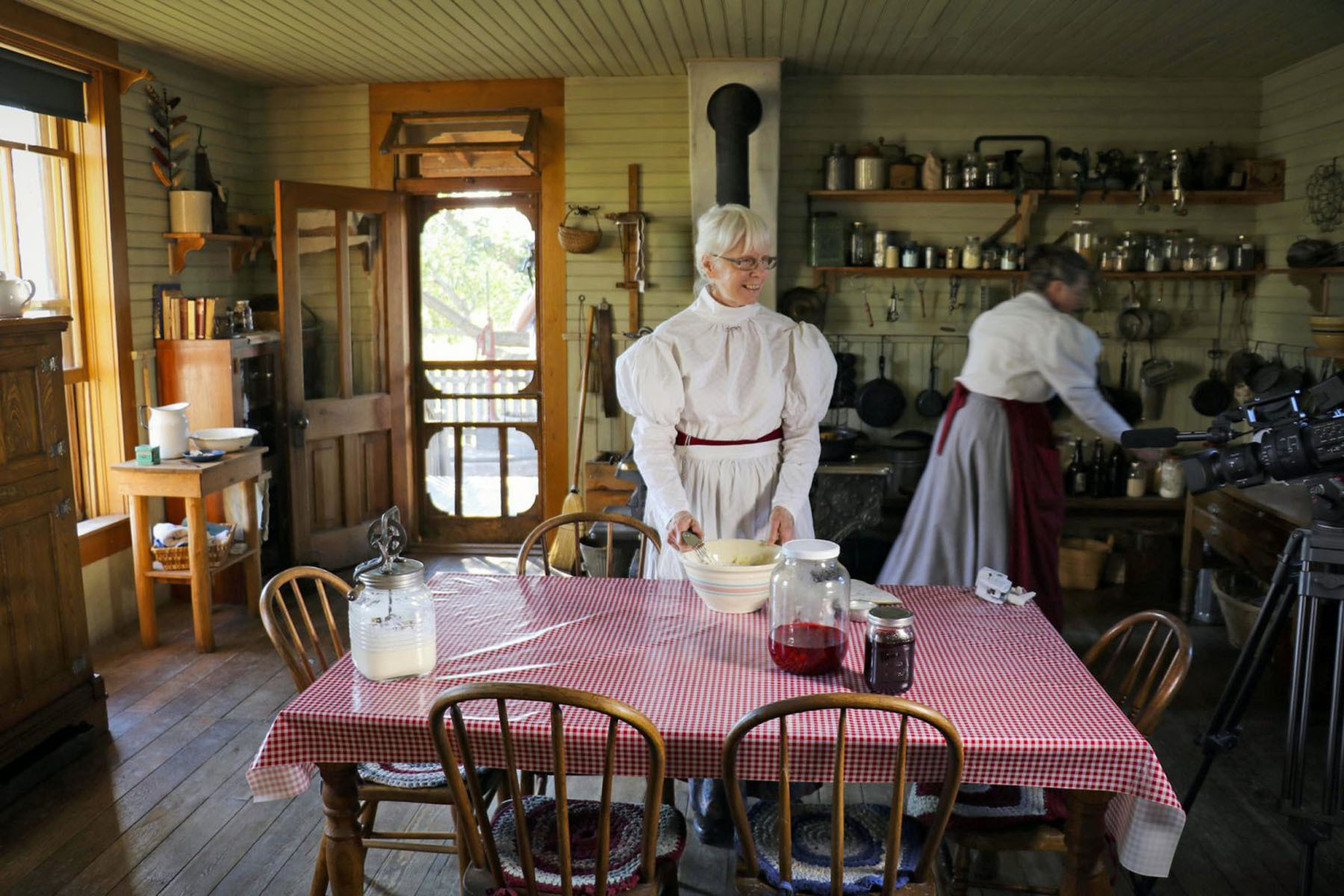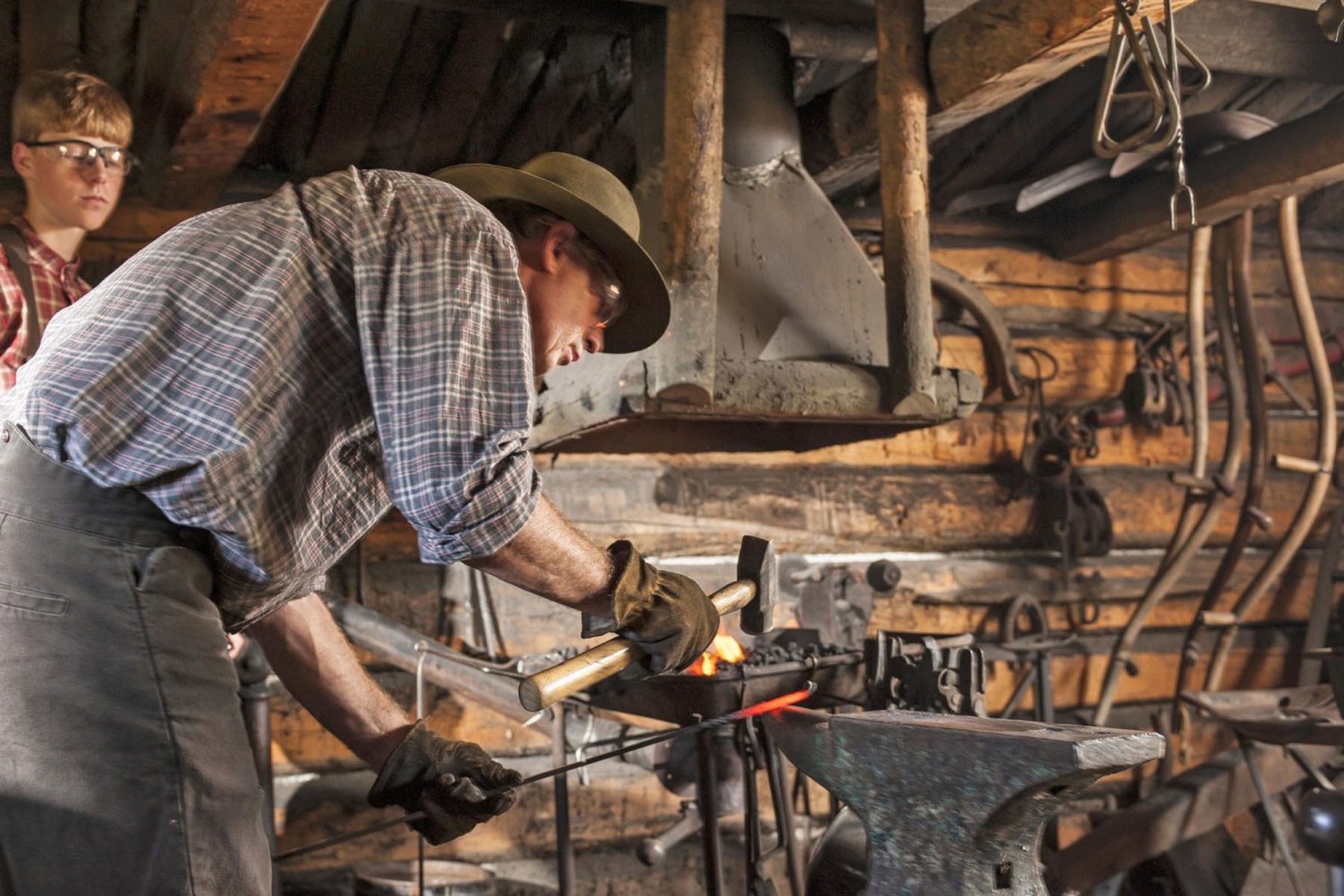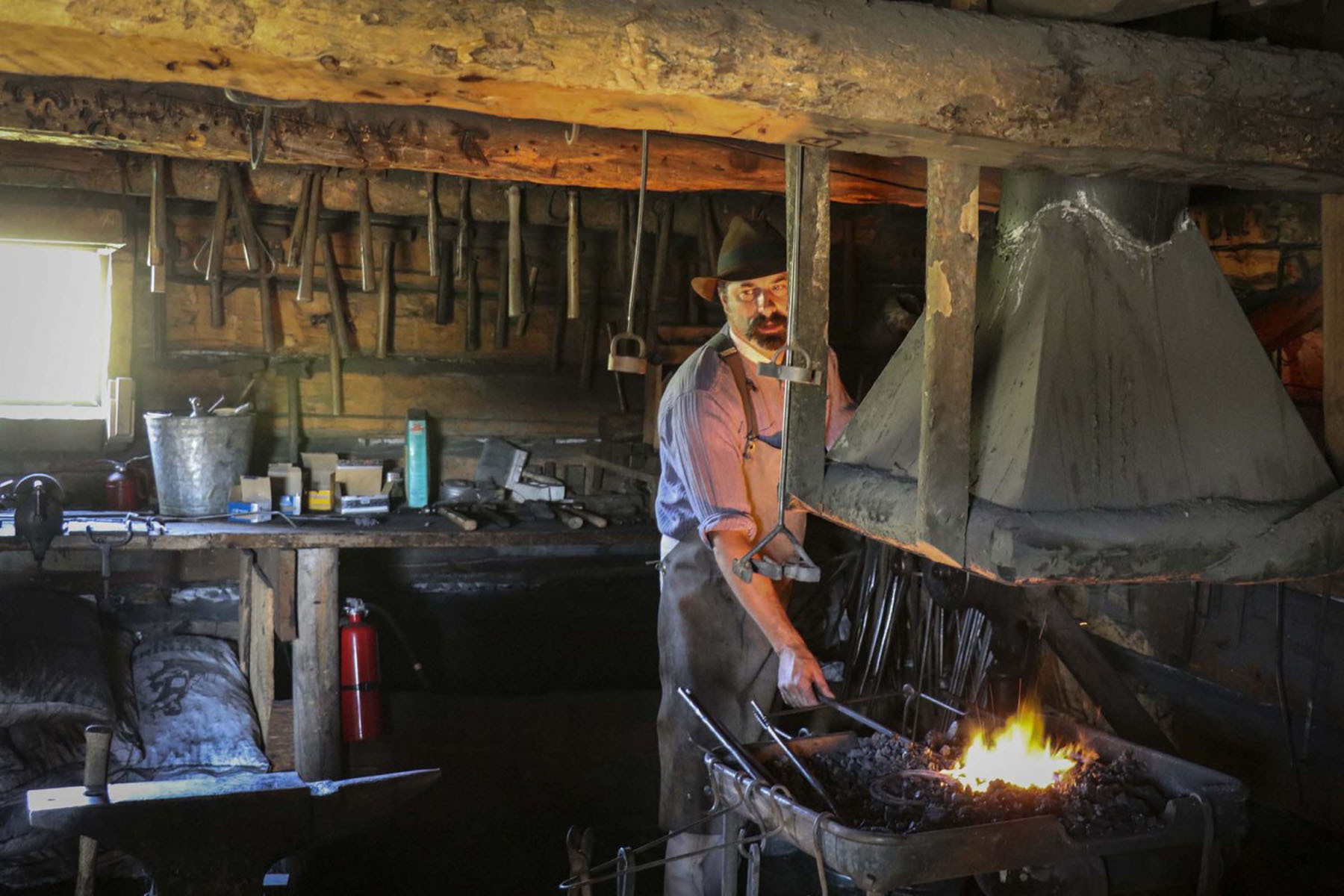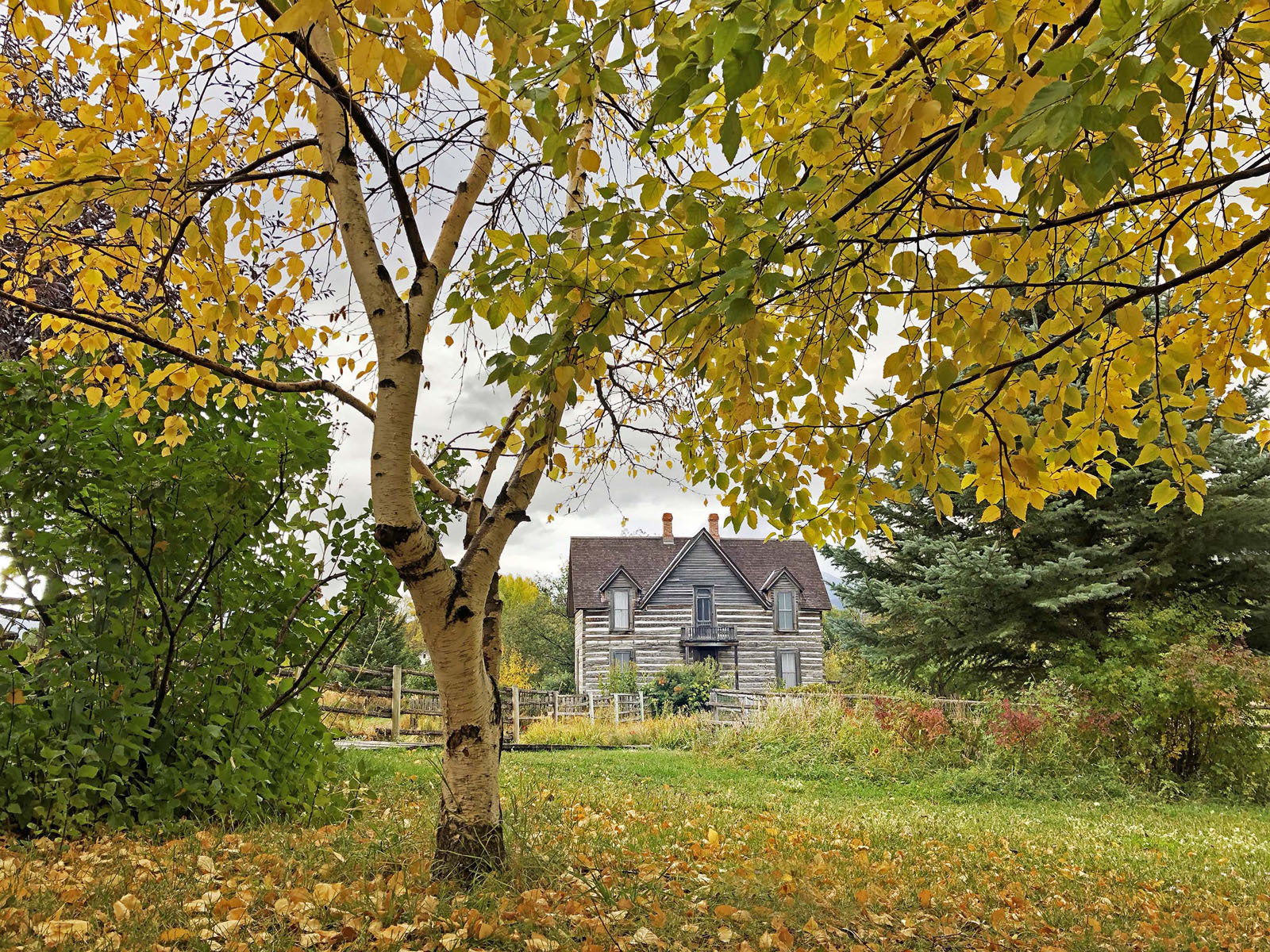Seasonal Exhibit
Primary Exhibit
Memorial Day to Labor Day
Step back in time and experience the captivating world of a Montana homestead from 1890 to 1910 at Museum of the Rockies' Living History Farm. This immersive exhibit transports you to a bygone era, where you'll discover the Tinsley House, outbuildings, and the picturesque gardens and groves that complete the farmstead.
The heart of the farm is the original 1889 homestead, a testament to the pioneering spirit of the settlers. As you explore, you'll encounter other meticulously recreated structures, including a milking barn, blacksmith shop, outhouse, root cellar, granary, chicken coop, and shed. Each building tells a story, offering a glimpse into the daily lives and labor of the hardworking homesteaders.
Stroll through the heirloom gardens and groves, filled with a vibrant array of vegetables, flowers, and grains that would have thrived in the region's northern agricultural areas. This living landscape showcases the resourcefulness and self-sufficiency of the homesteaders as they utilized what they had to build their homes, grow food, and create a sense of community.
At the Living History Farm, you'll gain a profound appreciation for the rich agricultural history of Montana and the resilience of those who called this land home. Daily chores were integral to their lives, from cooking and water hauling to wood chopping and milking. As the seasons changed, specialized labor like sowing crops, shearing sheep, harvesting, and preserving food followed suit, ensuring survival and sustainability.
Even social activities took on a practical nature, with quilting bees, sewing circles, and barn-raisings becoming community gatherings intertwined with helpful work. Step into their world and discover the Montana homesteaders' enduring spirit and unwavering dedication.
Come and experience the Living History Farm, where the past comes alive, and the stories of Montanana's ancestors unfold before your eyes.


